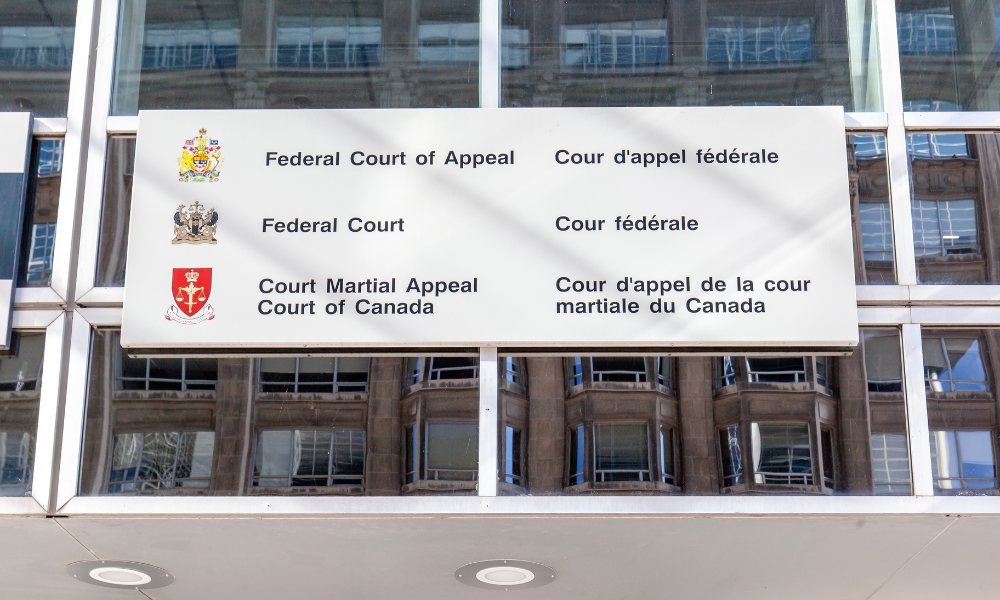
Man who served in Canadian forces says he suffered chills, fever, cough, fatigue on vessel

The Federal Court agreed with the federal attorney general’s argument that a proposed class proceeding alleging injury caused by exposure to toxic mould on a Canadian Armed Forces (CAF) vessel was statute-barred.
In Dunn v. Canada (Attorney General), 2025 FC 652, the plaintiff was a CAF member since 2006 who was stationed aboard the HMCS “Vancouver” from June to December 2016. From March 2019 to August 2022, he applied to Veterans Affairs Canada for pain and suffering compensation, critical injury benefits, and rehabilitation services and vocational assistance programs for veterans.
The plaintiff made a statement of claim alleging that he:
He also argued that the CAF knew or should have known about the dangerous levels of toxic mould on its ships, breached its duty of care to maintain its property in a safe condition, and failed to take reasonable measures to prevent foreseeable harm.
The plaintiff also alleged systemic negligence, breach of fiduciary duty, and violations of s. 7 of the Canadian Charter of Rights and Freedoms and s. 1(a) of the Canadian Bill of Rights, 1960. He requested general, special, and punitive damages.
The plaintiff filed his statement of claim in July 2020 as a proposed class proceeding. The proposed class was all current or former CAF members who served on CAF ships within a specified period and experienced an exposure to airborne contaminants like mould or toxins during service.
Canada’s attorney general moved to strike the plaintiff’s claim as a whole without leave to amend. The federal attorney general argued that s. 9 of the Crown Liability and Proceedings Act, 1985 (CLPA) barred the claim and that the court lacked jurisdiction since the claim fell within a CAF dispute resolution scheme under s. 29 of the National Defence Act, 1985 (NDA).
The Federal Court granted the motion to strike under r. 221(1)(a) of the Federal Court Rules, SOR/98-106, without leave to amend based on the claim’s failure to disclose a reasonable cause of action for a lack of jurisdiction.
First, the court ruled that s. 9 of the CLPA barred the plaintiff’s claim because the allegations of damages and losses in the claim and the compensation paid or payable to the plaintiff under the Veterans Well-Being Act, 2006, had the same factual basis and arose from or had a direct connection to the same event.
The court explained that this same event pertained to the plaintiff’s exposure to black mould while serving his duties as a CAF member onboard a CAF ship, which caused him an identical injury or disease. The court noted that the plaintiff failed in his chest pain and critical injury benefit applications but succeeded in his other filings.
Second, the court found that the plaintiff was an enrolled CAF officer when he filed his claim and was thus subject to the applicable dispute resolution scheme under s. 29 of the NDA.
The court held that the plaintiff failed to establish that the grievance process in s. 29 was demonstrably ineffective or incapable of redressing his claim. The court added that he also failed to show exceptional circumstances that would justify the court’s exercising of its residual jurisdiction to allow the claim to proceed.